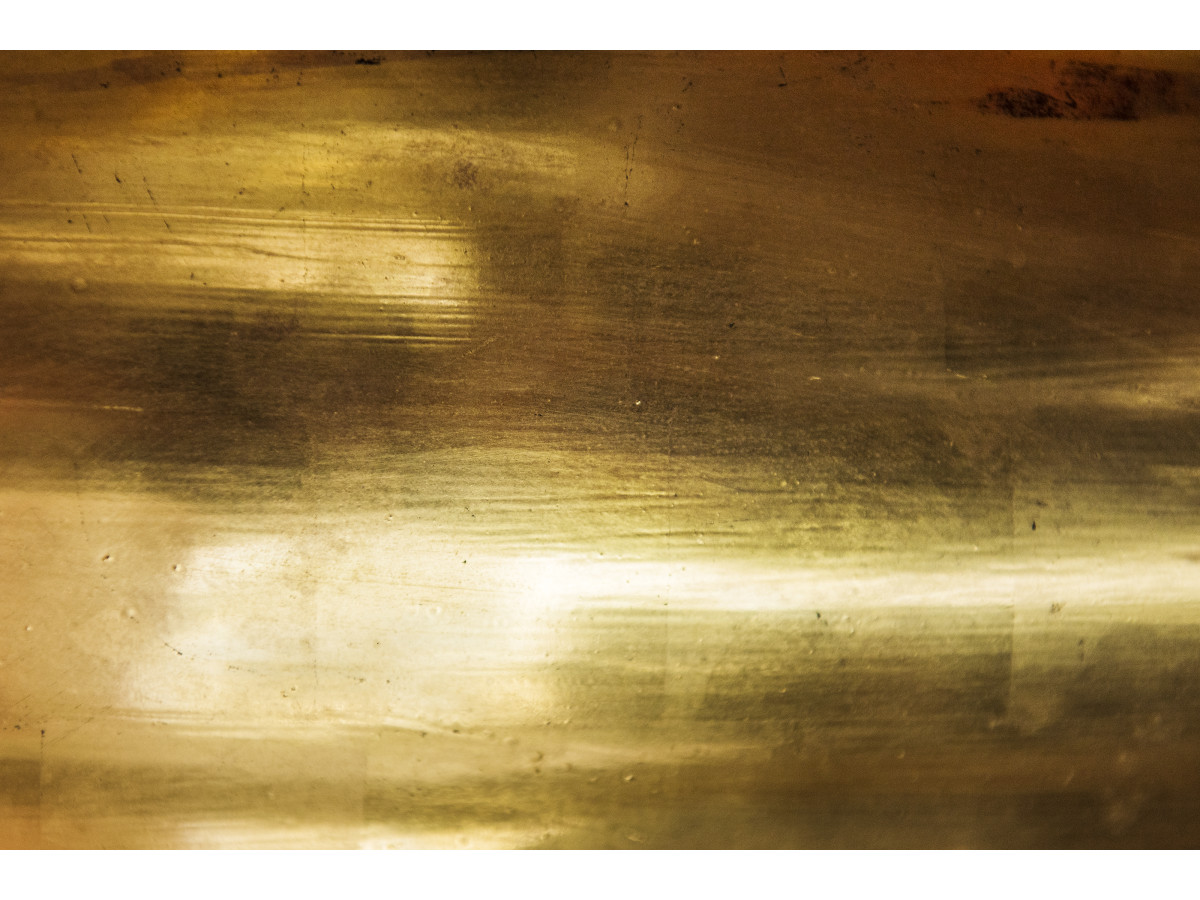Working with brass sheet requires a special approach and attention to detail. This popular material, combining excellent technical characteristics and aesthetic appeal, is often used by both professionals and enthusiasts in various projects. However, even experienced craftsmen sometimes make mistakes that can lead to material damage or poor results. Let’s take a look at the most common mistakes and ways to prevent them.
Common Mistakes in Working with the Material
One of the most common mistakes when working with brass sheets is improper storage. Many believe that brass is highly resistant to external influences and does not require specific conditions, but this belief is incorrect and can lead to undesirable consequences, such as corrosion or deformation. To ensure the durability of brass products, they should be stored in dry areas with controlled temperatures, avoiding direct contact with the floor, which prevents moisture accumulation. The best option is to use specialized racks that allow sheets to be placed horizontally, promoting even load distribution and minimizing the risk of damage.
Another common mistake relates to the choice of tools for processing. Craftsmen often use the same tools as for working with regular steel, not considering the peculiarities of brass. This can lead to scratches, nicks, and other surface defects. Specialized tools with the appropriate sharpening and hardness should be used for working with brass sheets.
A significant number of mistakes occur at the cutting stage. Incorrectly chosen cutting speed or cooling can lead to overheating of brass and changes in its structure. This is especially relevant when using electric tools. It is important to remember that brass requires a lower cutting speed compared to steel and more intensive cooling.
What Do Craftsmen Often Do Wrong?
The most common mistakes when working with brass sheets include:
- Neglecting protective equipment during processing.
- Incorrect choice of welding mode.
- Using contaminated tools.
- Failing to adhere to temperature conditions during processing.
- Improper surface preparation before processing.
- Ignoring the rolling direction during cutting.
- Applying excessive force during mechanical processing.
- Using inappropriate abrasive materials.
What Should Be Done to Avoid Mistakes?
To avoid these and other mistakes, follow these recommendations:
- Always study the technical specifications of brass.
- Use only specialized and clean tools.
- Strictly adhere to cutting and processing modes.
- Ensure proper cooling during mechanical processing.
- Don’t forget about personal protective equipment.
- Conduct preliminary marking considering allowances.
- Monitor surface quality at all stages of work.
- Store the material under proper conditions.
Other Nuances in Working with the Material
Particular attention should be paid to the chemical treatment of brass sheets. Mistakes are often made in choosing cleaning compositions or the duration of their exposure to the material. Brass can react aggressively to some chemicals, leading to stains or color changes on the surface. Before using any chemicals, a test should be conducted on a small area of the material.
An important aspect is the proper surface preparation before processing. Many neglect this step, which later affects the quality of the finished product. The surface of the brass sheet should be thoroughly cleaned of contaminants, degreased, and dried. Only after that can further processing begin.
When working with brass sheets, it is important to consider their ability to deform when heated. Uneven heating can lead to warping of the sheet and the appearance of internal stresses. Therefore, when performing welding or thermal treatment, it is necessary to ensure even heating and subsequent cooling of the material.
Finishing treatment of brass sheets requires special attention and care. One common mistake is using overly aggressive abrasives or violating the grinding sequence, which can lead to deep scratches that are difficult to remove. It is important to follow the correct gradation of abrasive materials and to carry out all intermediate processing stages. This will not only ensure quality results but also extend the lifespan of brass products.
In conclusion, it should be noted that most mistakes when working with brass sheets arise from a lack of understanding of the material’s properties or the desire to speed up the processing. Careful attention to each stage of work, using quality tools, and adhering to technological requirements will help avoid most problems and achieve quality results.

